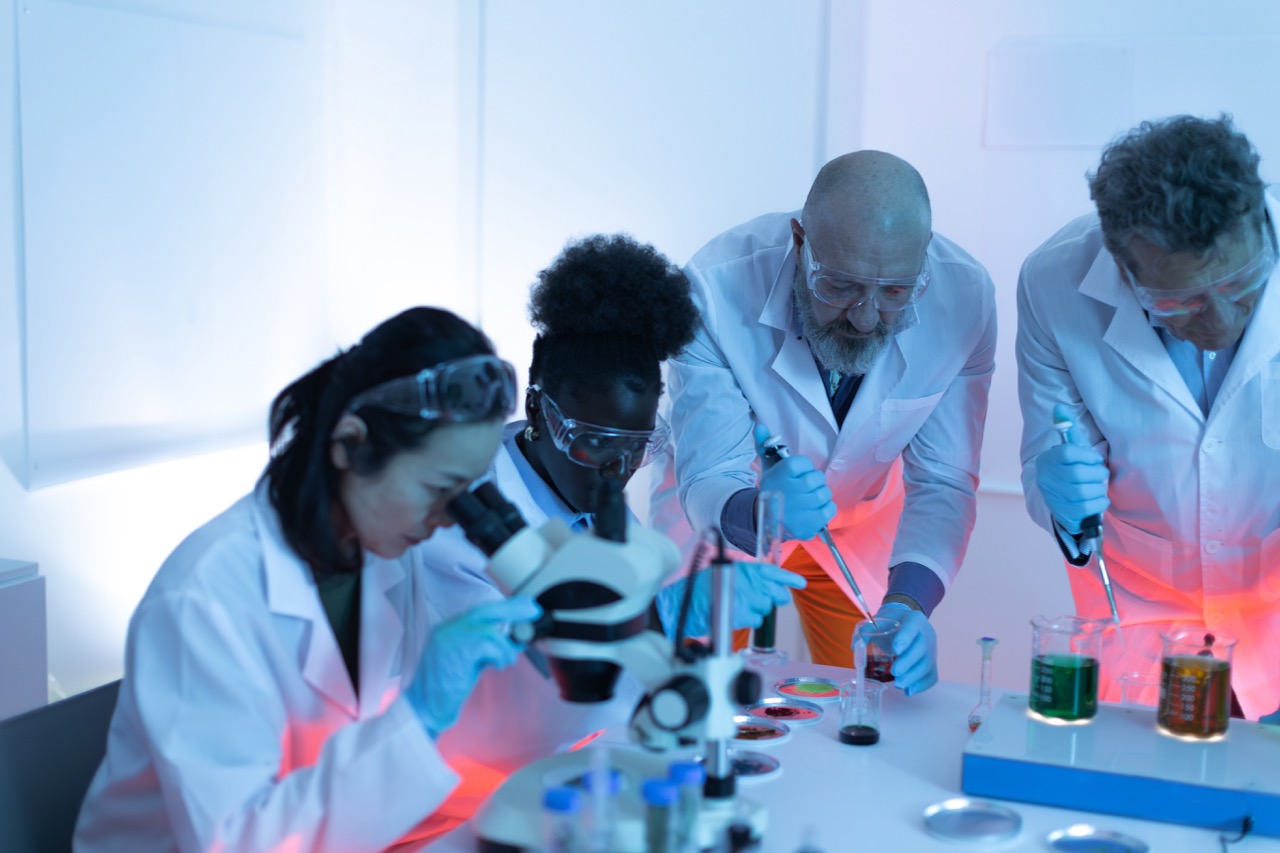The discovery of DNA as the genetic material is one of the pivotal moments in biological science, shaping our understanding of heredity, evolution, and molecular biology. At the forefront of this revolutionary finding was Oswald Avery, a Canadian-born American bacteriologist whose research in the early to mid-20th century fundamentally changed the landscape of genetics. Avery’s laboratory at the Rockefeller Institute for Medical Research produced groundbreaking experiments that ultimately identified DNA as the substance responsible for heredity. This article delves into the historical context of Avery’s research, the key experiments that unveiled DNA’s significance, the impact of his findings on modern genetics, and his lasting legacy in the field of molecular biology.
The Historical Context of Oswald Avery’s Research Lab
Oswald Avery began his career in an era when the structure and function of DNA were still largely unknown. The early 20th century was characterized by a growing interest in the mechanisms of inheritance, largely spurred by Gregor Mendel’s principles of genetics. However, the prevailing belief at the time was that proteins, with their complex structures and diverse functions, were the primary carriers of genetic information. Avery’s research lab, established at the Rockefeller Institute in New York City, became a crucible for scientific inquiry into the nature of genetic material.
In this vibrant environment, Avery collaborated with other prominent scientists, including Colin MacLeod and Maclyn McCarty. Together, they sought to investigate the biochemical nature of the "transforming principle," a term used to describe the substance that could change the characteristics of bacteria. Their work was underpinned by the ongoing debates and experiments surrounding the role of nucleic acids and proteins in heredity. As the scientific community grappled with these questions, Avery’s lab became a focal point for innovative approaches to understanding the molecular basis of genetics.
The research conducted in Avery’s lab was marked by rigorous methodology and a relentless pursuit of evidence. Utilizing strains of Streptococcus pneumoniae, the team aimed to elucidate the nature of the substance responsible for transformation. Their investigations would soon lead to an astonishing conclusion that would challenge existing paradigms and lay the groundwork for modern genetic research.
Key Experiments That Led to DNA’s Genetic Significance
Avery and his colleagues conducted a series of meticulously designed experiments that demonstrated the role of DNA in bacterial transformation. Their seminal experiment involved using heat-killed virulent bacteria mixed with live non-virulent strains. They observed that the non-virulent bacteria absorbed the genetic material from the dead virulent bacteria, transforming into the virulent form. This foundational experiment, published in 1944, suggested that the transforming agent was indeed a nucleic acid—later confirmed to be DNA.
To pinpoint the exact nature of this transforming principle, Avery’s team employed a method known as enzyme digestion. They treated extracts of the heat-killed bacteria with enzymes that specifically degraded proteins, RNA, and DNA. The results were telling: only the destruction of DNA prevented the transformation of non-virulent bacteria, providing compelling evidence that DNA was the genetic material responsible for inheritance. This was a radical departure from the prevailing belief that proteins were the main carriers of genetic information.
The implications of these experiments were profound and far-reaching. The findings not only shifted the paradigm regarding the nature of genetic material but also laid the groundwork for subsequent discoveries in molecular biology, including the elucidation of the structure of DNA by James Watson and Francis Crick in 1953. Avery’s work marked the point at which scientists began to recognize the central role of DNA in heredity and biological processes.
The Impact of Avery’s Findings on Modern Genetics
Oswald Avery’s groundbreaking discoveries had a monumental impact on the field of genetics, transforming it into a molecular science. Before his work, the idea that DNA could serve as the hereditary material was largely speculative. Avery’s unequivocal evidence shifted the scientific consensus and provided a basis for further research into the molecular mechanisms of genetics. His findings fueled interest in DNA structure, function, and replication, leading to pivotal advancements in genetics and molecular biology.
With the realization that DNA was the carrier of genetic information, a new era of genetic research commenced. This shift prompted investigations into the molecular composition of DNA, its replication processes, and how genes are expressed and regulated. The subsequent work of scientists like Rosalind Franklin, who captured X-ray diffraction images of DNA, and the work of Watson and Crick, who proposed the double-helix model, built directly upon Avery’s findings. This laid the foundation for genetic engineering, biotechnology, and a deeper understanding of genetic diseases.
Furthermore, Avery’s research contributed to the field of immunology. By exploring the genetic basis of bacterial virulence, his work paved the way for vaccine development and the understanding of how pathogens evolve. Today, the legacy of his discoveries continues to influence fields ranging from genetics and genomics to medicine and synthetic biology.
Legacy of Oswald Avery in Molecular Biology and Beyond
Oswald Avery’s legacy is etched not only in the annals of molecular biology but also in the broader context of scientific inquiry. His pioneering research provided the first definitive evidence that DNA is the genetic material, challenging long-held beliefs and opening new avenues of exploration in genetics. Though initially met with skepticism, Avery’s findings eventually garnered widespread acceptance and recognition, ultimately earning him a place among the luminaries of 20th-century science.
In addition to his scientific contributions, Avery’s commitment to rigorous experimentation and methodology has inspired generations of researchers. His work exemplified the importance of perseverance and critical thinking in scientific discovery. The principles he championed continue to guide modern scientific research, emphasizing the need for empirical evidence and reproducibility in the study of genetics and related fields.
Avery’s influence extends beyond molecular biology into the realms of medicine and biotechnology. Advances in gene therapy, CRISPR technology, and DNA sequencing owe much to the foundational work he undertook in the mid-20th century. As we continue to unravel the complexities of the genome and its implications for health and disease, the legacy of Oswald Avery endures, reminding us of the transformative power of scientific inquiry.
Oswald Avery’s research in the early 20th century marked a watershed moment in the understanding of genetics, establishing DNA as the hereditary material. His meticulous experiments and innovative approaches laid the groundwork for an entire field of study that continues to evolve today. The impact of his findings resonates through modern genetics, influencing diverse areas such as medicine, biotechnology, and evolutionary biology. As we build on the foundations laid by Avery and his contemporaries, it is essential to acknowledge the profound significance of their work in shaping our understanding of life at the molecular level. Avery’s legacy serves as a testament to the enduring quest for knowledge and the pivotal role of scientific discovery in advancing human understanding.










